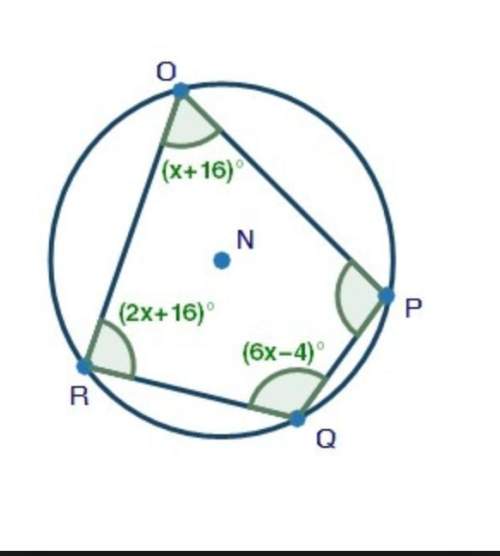
Mathematics, 08.01.2020 23:31 nathanscastr02
Example 3: using the multiplication rule for independent events
a number cube has faces numbered 1 through 6, and a coin has two sides, heads and tails. the number cube will be rolled, and the coin will be flipped. find the probability that the cube
shows a 4 and the coin lands on heads. because the events are independent, we can use the multiplication rules we just learned.
if you toss the coin five times, what is the probability you will see a head on all five tosses?
if you tossed the coin five times and got five heads, would you think that this coin is a fair coin? why or why not?
if you roll the number cube three times, what is the probability that it will show 4 on all three throws?
if you rolled the number cube three times and got a 4 on all three rolls, would you think that this number cube is fair? why or why not?
suppose that the credit card company introduced in exercise 1 states that when a customer is selected at random, the probability that the customer pays his bill in full each month
is 0.35, the probability that the customer makes regular online purchases is 0.83, and these two events are independent. what is the probability that a randomly selected customer pays
his bill in full each month and makes regular online purchases?

Answers: 3


Another question on Mathematics

Mathematics, 22.06.2019 00:00
What is the distance from (–3, 1) to (–1, 5)? round your answer to the nearest hundredth. (4 points) a. 3.60 b. 4.12 c. 4.47 d. 5.66
Answers: 1

Mathematics, 22.06.2019 00:50
Melissa is purchasing a $160,000 home and her bank is offering her a 30-year mortgage at a 4.9% interest rate. in order to lower her monthly payment, melissa will make a 20% down payment and will purchase 3 points. what will her monthly mortgage payment be? a. $645.98 b. $650.46 c. $662.93 d. $606.69
Answers: 2

Mathematics, 22.06.2019 03:00
A. the probability that a product is defective is 0.1. what is the probability that there will be 1 or less defective products out of the next 8 produced products b.the expected number of imperfections in the coating nylon for parachutes is 6 per 100 yards. what is the probability of finding 12 or fewer imperfections in 260 yards c.in a lot of 54 products there are 9 defective products. calculate the probability that not more than 1 is defective from a random sample of 17 products.
Answers: 1

Mathematics, 22.06.2019 04:40
Which of the following is a function? click on the graph until the correct graph appears.
Answers: 1
You know the right answer?
Example 3: using the multiplication rule for independent events
a number cube has faces numbe...
a number cube has faces numbe...
Questions







Mathematics, 26.03.2020 01:51



Mathematics, 26.03.2020 01:51


Social Studies, 26.03.2020 01:51

Advanced Placement (AP), 26.03.2020 01:51

Health, 26.03.2020 01:51




Computers and Technology, 26.03.2020 01:51







